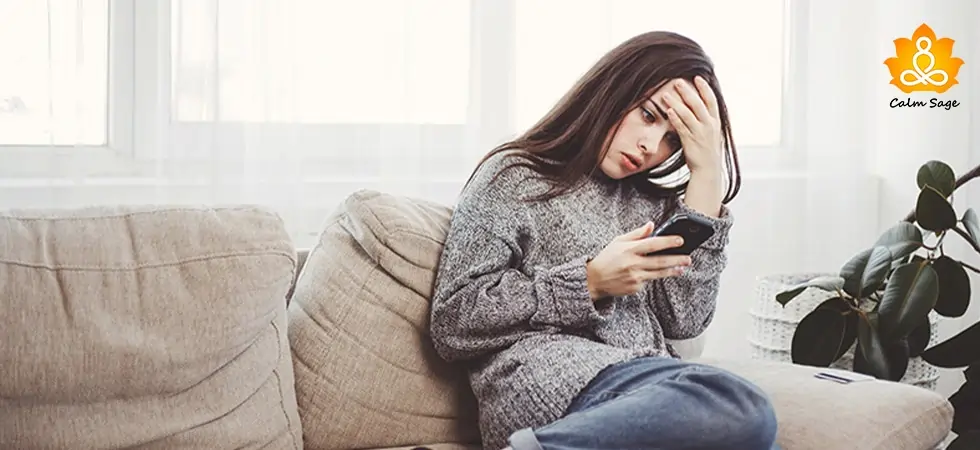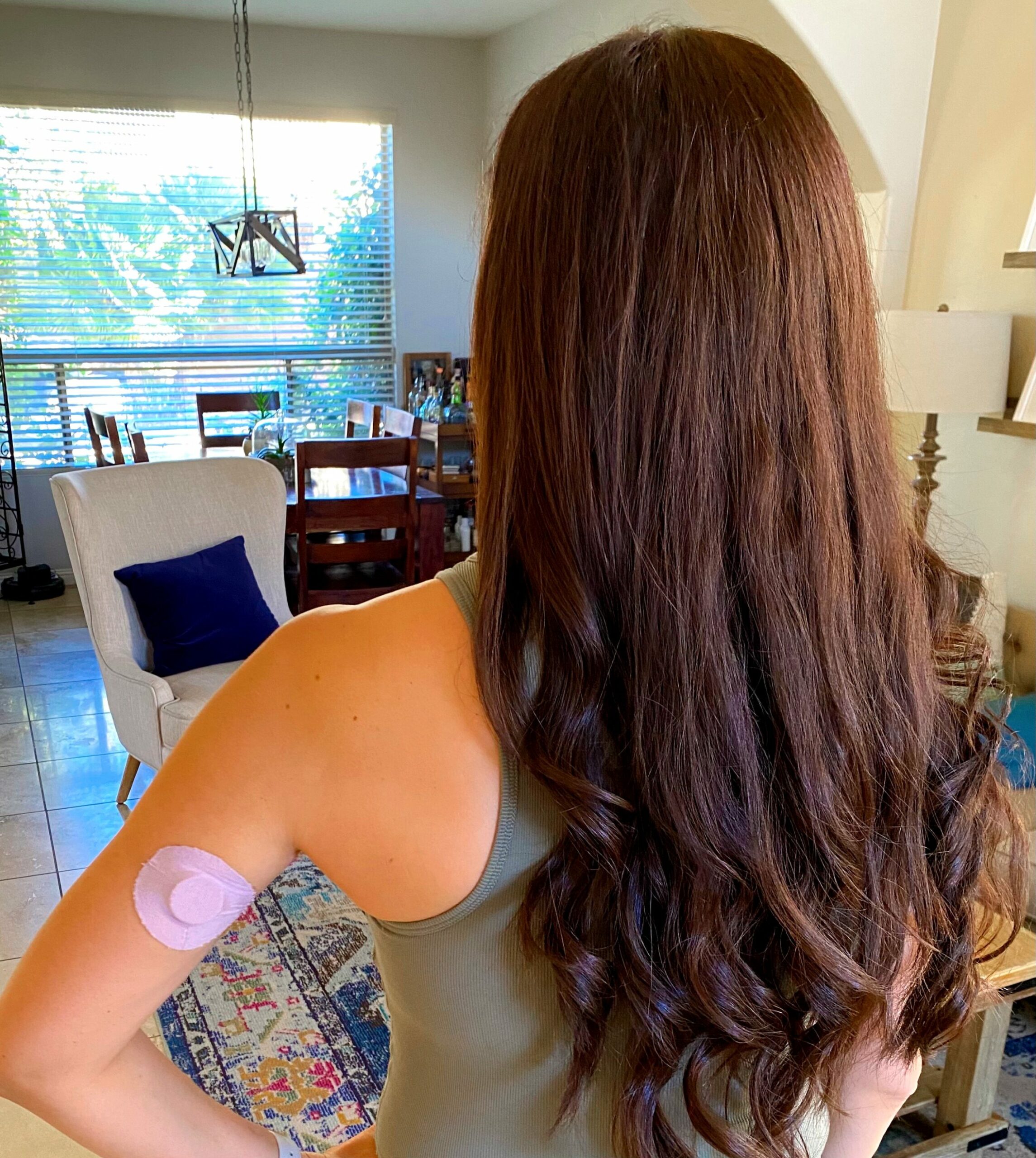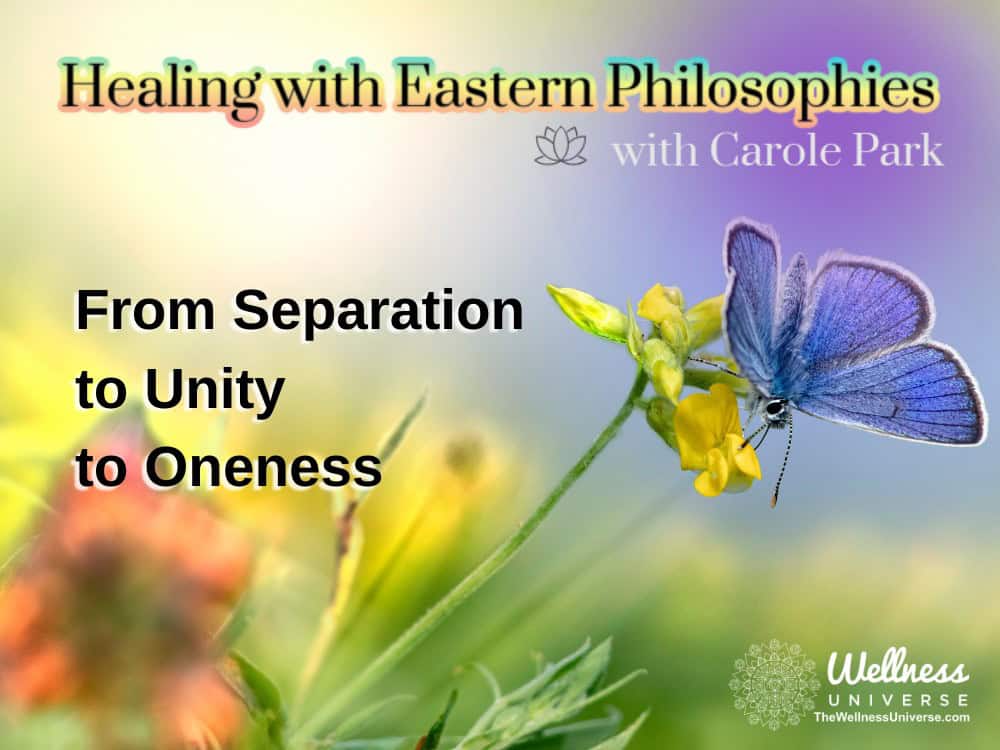Double texting is when you send a text, wait for hours, and then press enter to send another text. This dilemma is what many of us face, so you’re not the only one. When communication is instant, and texting has become a norm, a new set of rules (written, of course) has popped up.
Most of which revolve around double texting. Should you send a double text? When is it okay? And when double text turns into being clingy? Let’s talk about that in this post.
What is Double Texting?
The term explains it all, but let’s break it down a bit. Double texting is when you share another text before you receive a reply to the first one you sent. It could be a follow-up text or a text on something completely random when the first text is not answered.
Double texting can happen in any textual communication, such as:
- Casual texting back and forth with a friend
- A professional follow-up text with a coworker
- A flirty text exchange with a date or partner
- A request for a business collaboration
While double texting is harmless, it can have different interpretations depending on the context, relationship, and even timing!
So, what exactly is the psychology behind double texting?
The Psychology of Double Texting
One of the most pressing questions is, “Why?” Why do we send a text without waiting for the reply from the initial one?
From a psychological perspective, it’s our anxiety and impatient talking. When you don’t receive a reply to your text, your brain starts to overthink and overanalyze everything you’ve sent. Questions like this can pop up in your head:
Did they forget about it?
Did I say something wrong?
Am I being ignored?
The truth is something else. When people don’t reply to your texts, they could have many reasons for that. They might be busy with work, doing chores, or simply not feel like texting back. But, for you, who’s waiting for a reply, the radio silence can be unsettling and frustrating.
Another thing is that social media and instant texting have made us expect quick replies, so when we don’t get one, it triggers feelings of self-doubt, self-reprimand, and overthinking. So, the reason people do double texting is to feel reassured.
But is it always a negative thing?
When is Double Texting OK?
In some cases, double texting can be acceptable (and expected, too):
- When time is of importance: When you need a quick response, like needing confirmation on something or making sure sensitive information has been received, double texting can be fine.
- When you have such a relationship: Double texting can be okay around close friends and family. In such cases, the relationship you share with the other person is good enough so that you don’t look clingy. For example, when you share memes or just a random thought!
- When you’re checking in with someone: Sometimes, people just forget to reply. So, it’s ok to double text when you’re checking up on someone or getting a follow-up.
- When you’re actively chatting: If you’re in the middle of an active chat with someone, then responding with a double text can make sense.
When Should You Not Double Text?
Now that you know when to double text, let’s look at some situations when you shouldn’t do double texting:
- When you don’t know someone: If you barely know someone, such as a date or a business contact you’ve just met, then double texting isn’t ideal and might come off as being needy.
- When you’ve been left on “read”: If your chatting partner constantly leaves you on “read” and ignores your texts, then double texting is not okay. Instead of reassuring, it might come off as clingy and desperate.
- When you’ve been ghosted: In a romantic context, when someone has ghosted you, then double texting isn’t fine. A single text for a follow-up is fine, but if there’s no reply, then don’t double text them. Take the hint and move on.
- When you’re just anxious: Before you send the second text, ask yourself if you’re anxious or if there is a purpose for this text. If you need a reply on something urgent, then you can double text, but if it’s just nerves, then wait for the response.
How to Double Text The Right Way?
If you feel a double text is needed in a conversation, then here’s how you can do it without looking too clingy and desperate:
Take some time and wait
Before you double text, wait for some time. Please give a few hours to a day for the response unless it’s urgent.
Be casual about it
If you do have to send a double text, then do it casually, not demandingly. A lighthearted text can work well in such situations.
Acknowledge the late response
Another thing to keep in mind while double texting is to not make the other person feel guilty. Try not to sound too accusatory, but approach the situation with kindness and understanding.
Know when it’s not okay
If there’s no response even after your second text, then take the hint and let things go. If it’s not about an urgent matter, then let it go.
Some common examples of double texts:
An appropriate double text could look like:
“Hey, just checking on this!”
“Not sure if you’ve seen my last text, but I wanted to follow up.”
“Hey, hope you’re well. Just wanted to see if you’re still available for coffee.”
An inappropriate double text could be:
“Why are you ignoring my texts?”
“Did I do something wrong?”
“Are you there???”
Final Thoughts:
Double texting is not always negative. It all depends on your context, your relationship with the other person, and how you intend the message to be received. In some situations, it’s okay and even acceptable to send a double text, but in some cases, it can come off as clingy and push people away.
What you need is to be mindful. If you have to double text, make sure you do it confidently and out of necessity, not because you feel anxious and insecure.
So, when you’re second-guessing to send that second, third, or fourth text, pause, breathe, and hold it off. If it’s not urgent, then wait for at least a day for a reply. Sometimes, people are just too busy to respond!
Publisher: Source link





